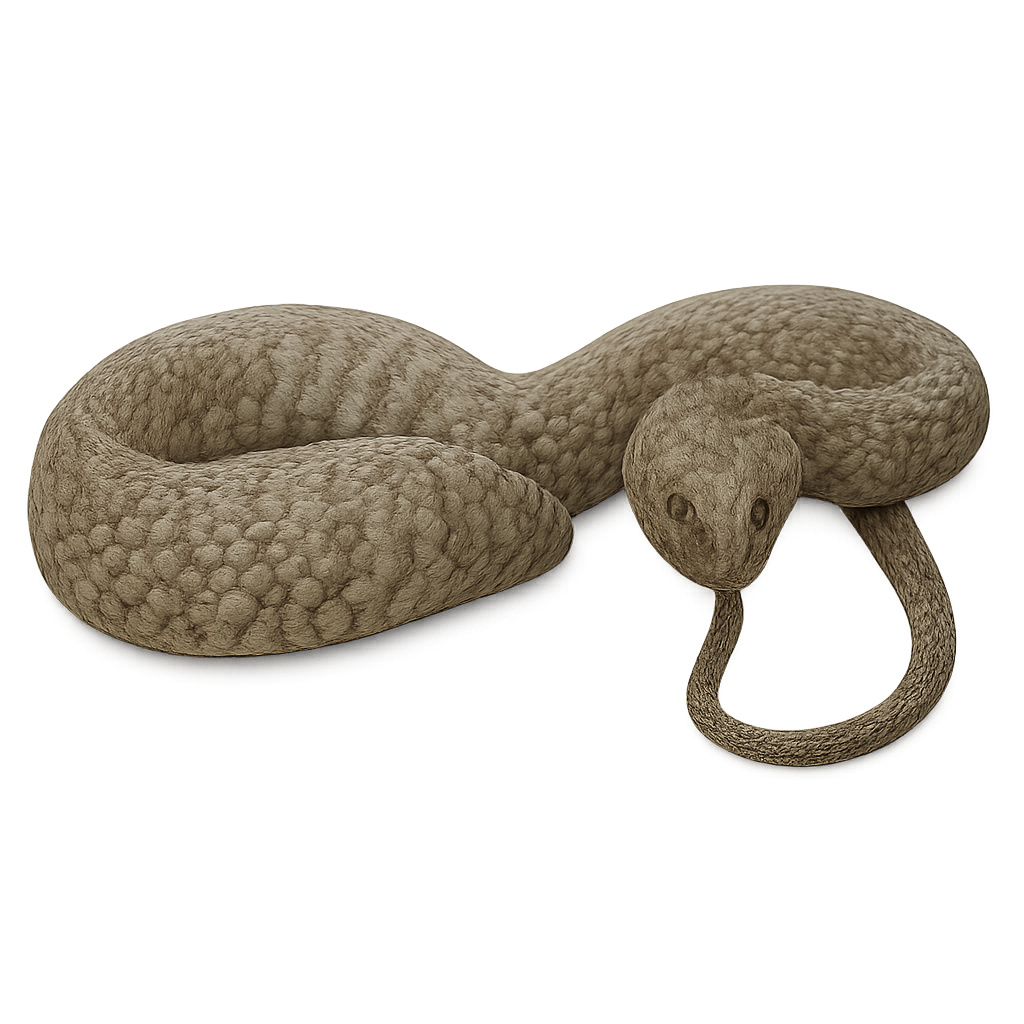Observe and photograph a species in its natural habitat
Learn where and when to observe a species in the wild, how to recognize it in the field, and what habitats it lives in. Get photography tips adapted to its behavior and capture stunning images without disturbing the animal. For full details, open the complete profile in the WildlifePhotographer app.
Viperine snake
Scientific name: Natrix maura

IUCN Status: Least Concern
Family: COLUBRIDAE
Group: Reptiles
Shyness: Suspicious
Safe distance: 30 m
Breeding season / Courtship: 15.04-15.06
Gestation: 2 à 26 œufs
Births: 15.05-15.07
Habitat:
Humid environments: rivers, ponds, lakes
Description:
The Viperine snake is a non-venomous semi-aquatic snake, typically measuring between 50 and 90 cm, with a distinct head and round pupils. Its back features a dark zigzag pattern on a gray, brown, or greenish background, and its belly is yellow or reddish with black spots. It inhabits humid environments such as rivers, ponds, and lakes, where it primarily hunts fish, amphibians, and tadpoles. Reproduction occurs in spring, with 2 to 26 eggs laid in loose soil. This species is protected in Europe and is listed as Least Concern by the IUCN.
Recommended lens:
>=400 mm
Photography tips:
Use a telephoto lens to photograph the Viperine snake, especially during its movements in aquatic environments. Favor soft morning or evening light to capture the details of its coloration. Be patient and discreet to observe its natural behaviors.
Ready to take action?
Choose your platform and start your free trial today



